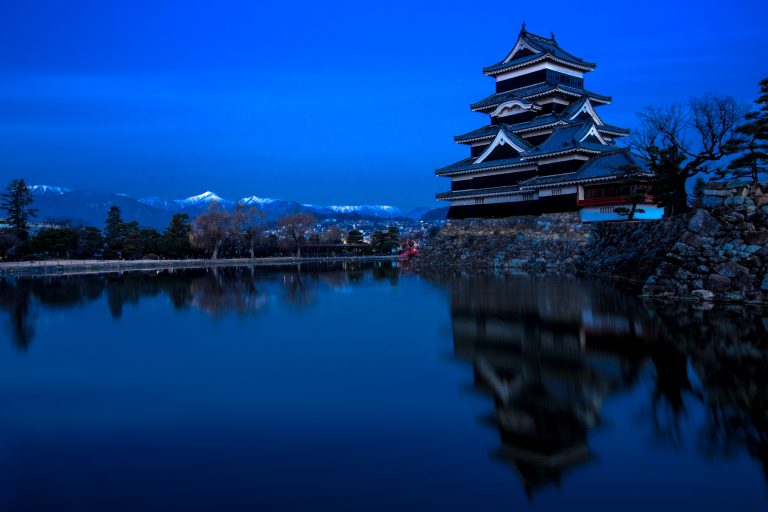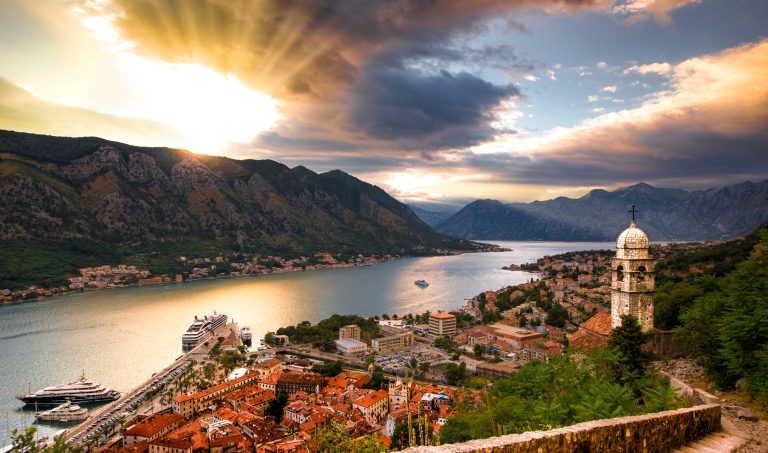
Kyoto on a cold winter evening. Add to that, torrential rain.
The usually cold, silent, brooding dark alleys become even more mysterious, suspiciously reflecting the red lights of the paper lamps that line these alleys, welcoming passers-by to peer into the curtained doors of the restaurants and tea-houses that are scattered all throughout Gion, one of the oldest neighborhoods of Kyoto, if not the whole of Japan.
We made our way to the corner of Shijō Dori and Hanami Koji, settling in front of the Ichiriki Chaya, the oldest Geisha tea-house in the country. We were braving the weather around dusk, the most probable time to catch a glimpse of the Geishas (Geikos and Maikos) that frequent the high-end tea-house.
There were a few things going in our favor: it was dusk – the most probable time to see Geishas; because of the torrential rain, there weren’t many tourists around, and Geishas were walking with their signature wagasas (oil-paper umbrellas), which wouldn’t be the case on normal days.
But those same conditions were making it terribly hard for us to capture these moments. Near darkness (there were very few street lights of significance); fast moving subjects (Geishas are not there to stroll around, but are hurriedly heading to work just as you or I would); shy subjects (Geikos and Maikos are incredibly camera shy, and one glimpse of a tourist or photographer would make them either turn away their faces or hide them with the wagasas), plus we found it disrespectful to do a frontal headshot. Did we mention the torrential rain?
We had our cameras on large aperture, high-ISO, pre-metered, pre-focused and set on manual. One of us kept watch, while the other photographed. We stood for hours, and we failed on a multitude of images. Quantity and statistics to the rescue, we managed to scrape a few images from that shoot. That was a night when two camera systems (Sony and Canon) failed us. I am sure any other system would have as well. Although, needless to say, the experience has been chiseled into our memories.





